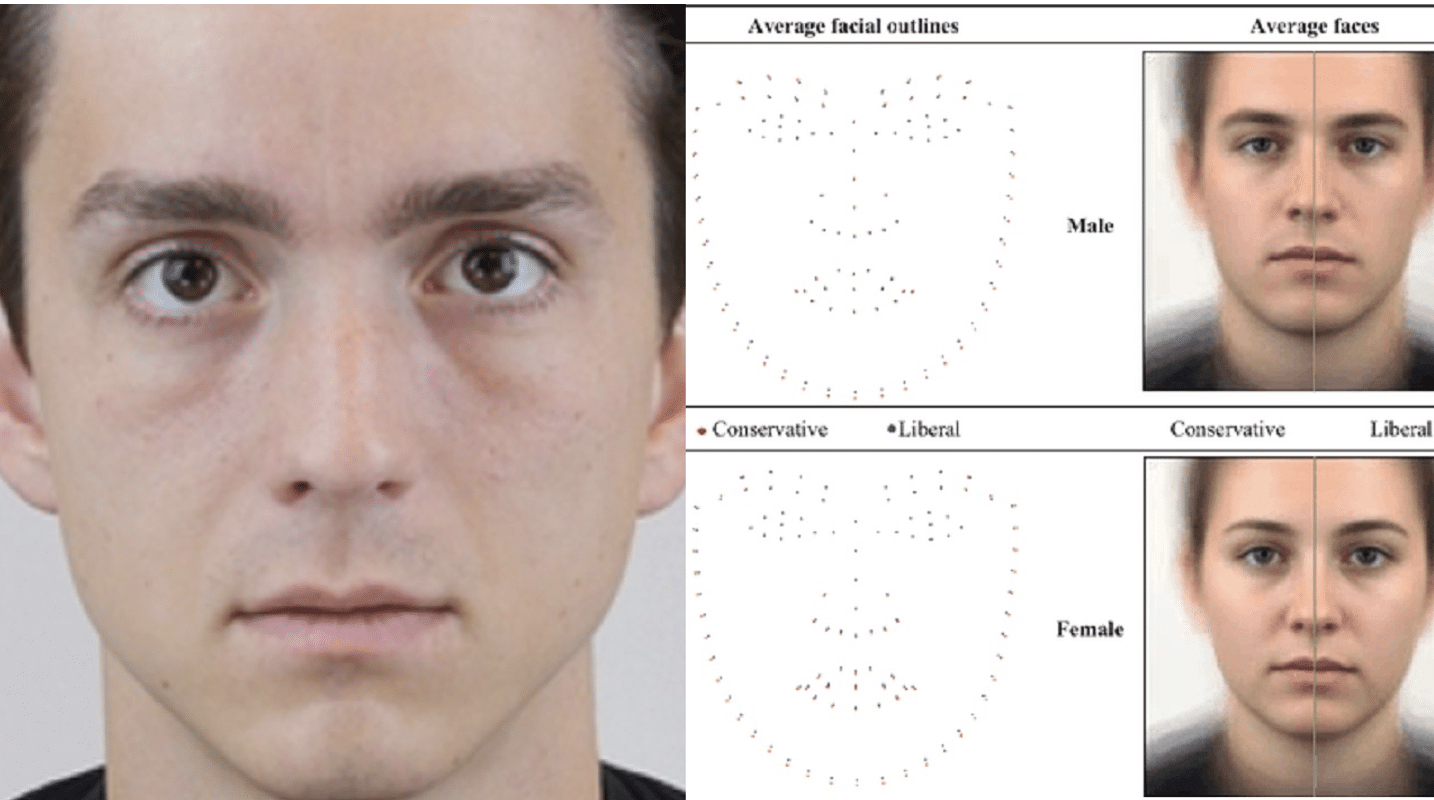Some members of the Federal Reserve are continuing to explore the launch of its own digital dollar, as the Federal Reserve Bank of Boston on Thursday unveiled its first attempt at designing an electronic form of cash.
The Boston bank’s research, conducted in a collaboration with the Massachusetts Institute of Technology, does not offer a recommendation about whether the Fed should create its own digital currency.
The central bank’s leaders in Washington are in the process of collecting public feedback on that question now, and Federal Reserve Chair Jerome H. Powell said it will only proceed with congressional authorization. But in the meantime, the Boston team said Thursday that it has solved technical challenges such a product would need to meet.
Researchers said they designed a system that can settle the vast majority of payments in less than two seconds, handles more than 1.7 million transactions per second, and operates around the clock with no service outages in the case of a disruption in its network.
“There has been no decision to move past this research phase, but if a CBDC was launched it would be something that would have to evolve over time,” Jim Cunha, an executive vice president at the Boston Fed, told reporters on Thursday. The first phase of the multi-year project, dubbed “Project Hamilton,” focused on developing software that is flexible and resilient.
The work resulted in code that is capable of handling 1.7 million transactions per second. Researchers also found the “vast majority” of transactions settled in under two seconds. The team developed technology that can be adjusted as more policy questions regarding the structure and purpose of a CBDC are addressed.
For example, the first version of the code did not include intermediaries or fees, but researchers said those roles and features could be added after policymakers and other parties make decisions on the best way for consumers to access their funds and conduct transactions.

















